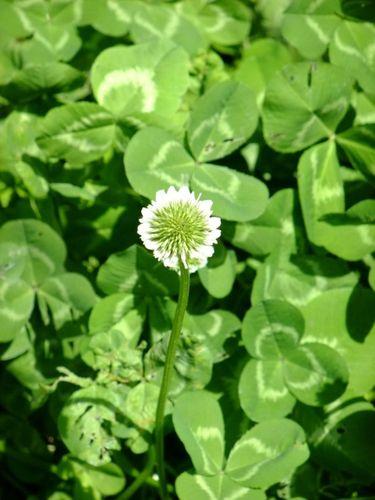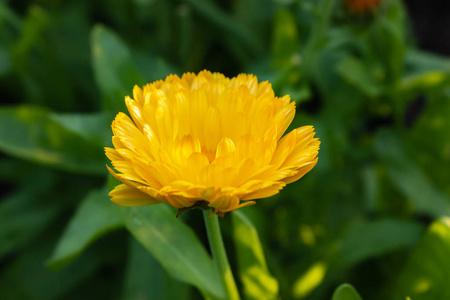The Droseraceae family has an interesting story. Members of this family, otherwise known as sundews, are carnivorous plants that capture insects with their sticky, glandular hairs. Legend has it that long ago, a young maiden named Drosera was in love with a handsome warrior named Nymphaeus. However, Nymphaeus was killed in battle and Drosera begged the gods to bring him back to life. They granted her wish, but in doing so turned Nymphaeus into a carnivorous plant. To this day, members of the Droseraceae family continue to attract and consume insects, just like Nymphaeus.
Picture
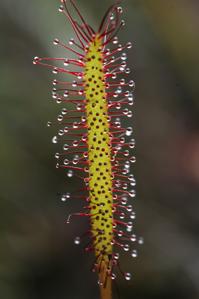
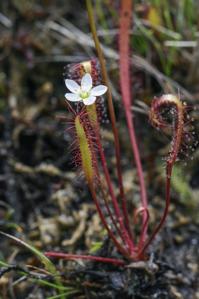
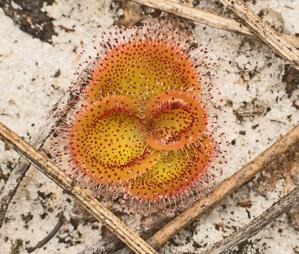
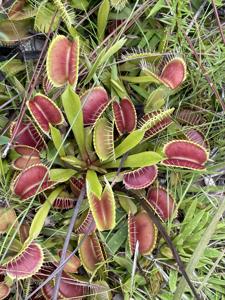
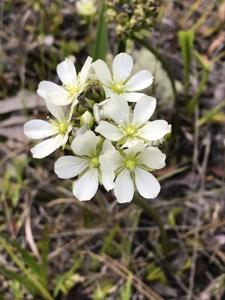
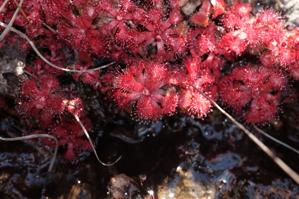
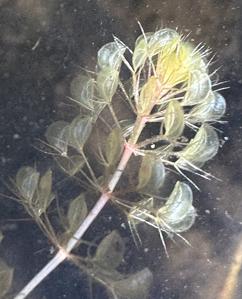
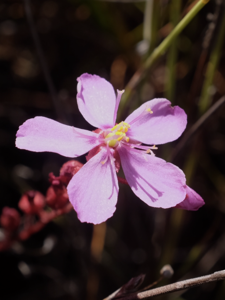
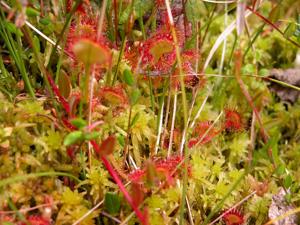
Plant some seeds now!
Short Description
Droseraceae is a family of carnivorous flowering plants, also known as the sundew family. It consists of approximately 180 species in three extant genera. Representatives of the Droseraceae are found on all continents except Antarctica.
Description
Droseraceae are carnivorous herbaceous plants that may be annuals or perennials. Their leaves are alternate and adaxially circinate, with at least one leaf surface containing hairs with mucilage-producing glands at the tip. Their flowers are bisexual, usually with three carpels and five sepals, petals and stamens. Their pollen grains are triporate or multiporate and released in tetrads. Despite being carnivorous, their flowers are insect-pollinated, typically with white to purple flowers that close at night. They produce small seeds that are dispersed by wind and water.
Most of the members of Droseraceae are contained in the genus Drosera, the sundews. Both Dionaea and Aldrovanda have only one extant species. Drosera species trap prey by secreting a sticky substance from hairs on their leaves. Dionaea and Aldrovanda both use snap-traps that close rapidly when the leaves are disturbed. Dionaea is terrestrial, while Aldrovanda is strictly aquatic. Like carnivorous plants of other families, the Droseraceae are able to supplement their nutrient intake, especially that of nitrogen, by capturing and digesting small animals such as insects. In this way, these plants are able to thrive in nutrient-deficient areas, such as sphagnum bogs.

